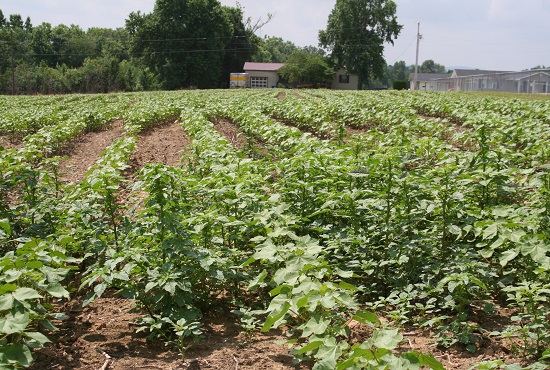Global Textile Industry
It comes as no surprise that as a consequence of the global financial and economic crisis, the global textile and the textile machinery industries are currently undergoing one of their most difficult periods in decades.
According to International Textile Manufacturers Federation (ITMF) data, global yarn and fabric production were continuously falling since the second quarter of 2008. While one was expecting stabilization in production and hoping for a slight increase, the strong rebound in yarn and fabric production came as a real surprise.
The reasons for this strong rebound are higher production in Asia in general and in China in particular. In the second quarter, for instance, China’s production jumped by around 29 percent. While U.S. textile and clothing imports from China were shrinking between January and September 2009 by approximately 3.4 percent, domestic retail sales continued surging by around 15 percent year-on-year.
The surge in Chinese production of textiles and clothing is certainly breathtaking but also the logical result of heavy investments since 2003. Looking at the data of ITMF’s International Textile Machinery Shipment Statistics (ITMSS) the scale and scope of Chinese investments in new textile machinery becomes evident.
In the year 2002, global shipments of new short-staple spindles reached 3.53 million of which merely 0.76 million, or 22 percent, were destined for China. But already in 2003 global shipments jumped to 8.16 million spindles, an increase of 131 percent of which China alone absorbed 4.95 million, or 61 percent. In the following four years, global shipments of short-staple spindles continued to surge with China absorbing 50 percent and more.
After the Investment Boom
Are there any indicators that support the view that the recovery will continue? First, the preliminary yarn and fabric production data for China in the third quarter of 2009 support the expectation that the level of Chinese production will be sustained. Second, looking at the monthly average of global textile machinery imports in 2007, 2008 and the first 8 months of 2009 one can observe a dramatic decrease since 2007.
In 2007 — the last investment boom year — the monthly average of imported textile machinery worldwide reached approximately US$790 million. In 2008, this number fell by 15 percent to $670 million and by another 48 percent to merely $345 million in 2009. Nevertheless, by looking at the monthly figures in 2009 only, one can observe a positive trend. In February 2009, global imports of textile machinery reached the bottom and are rising since with small ups and downs from around $235 million in February up to about $465 million in June or $350 million in August. This positive trend is supported by global exports of clothing. After having fallen from more than $30 billion per month to only around $20 billion in May 2009, an upswing of global clothing export of approximately 20 percent to almost $25 billion could be recorded in June 2009.
The above data reveal that the bottom of the crisis in the textile and textile machinery industry was reached in the first quarter of 2009 and that the recovery is underway. For several reasons, it is unlikely that it will be a strong and fast one. Rising unemployment rates in most countries will prevent a quick and strong acceleration of demand, and people remain less inclined to spend given generally lower stock and housing prices.
Despite the challenges, there are fundamental aspects that promise a bright future for the textile industry in general. A growing world population will automatically increase global demand for textiles; a growing global gross domestic product will also fuel demand in general and for textiles in particular; per capita consumption for textiles in many developing countries is likely to increase to levels in the industrialized world; and new applications for textiles (technical textiles) will create new demand. Therefore, the outlook for 2010 and beyond is a positive one.








